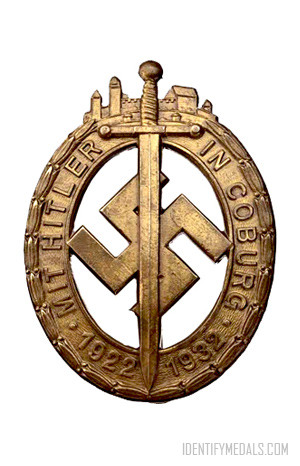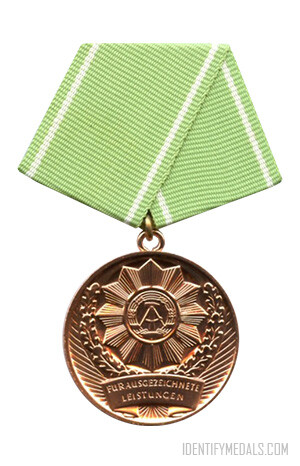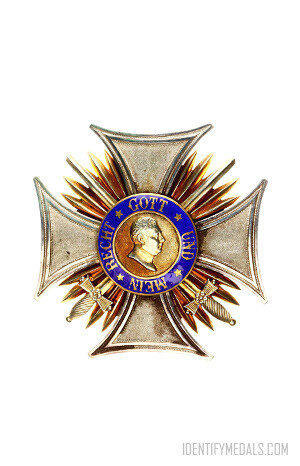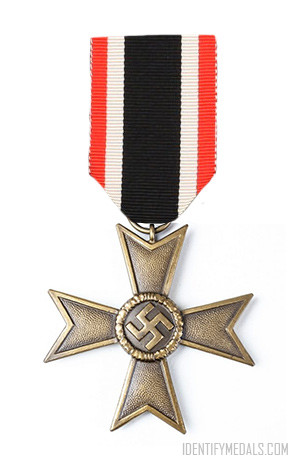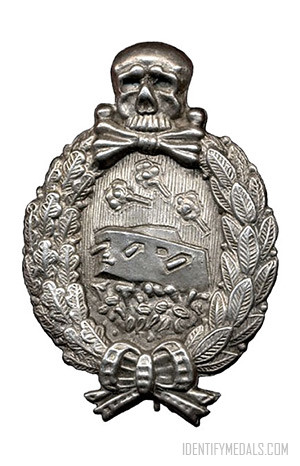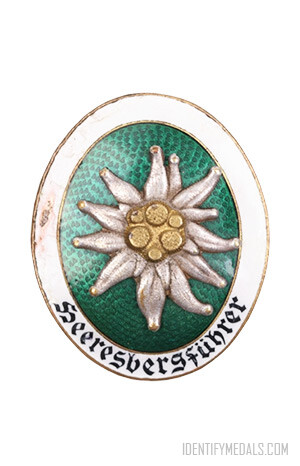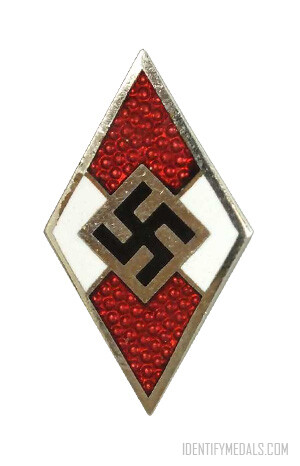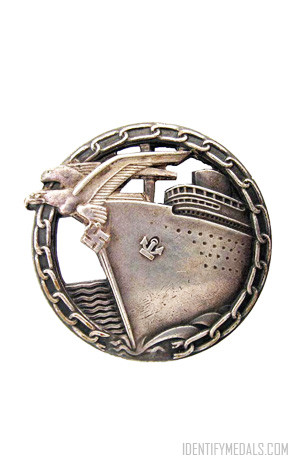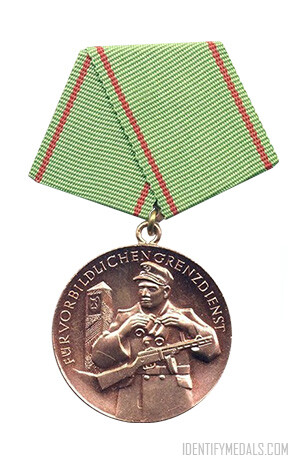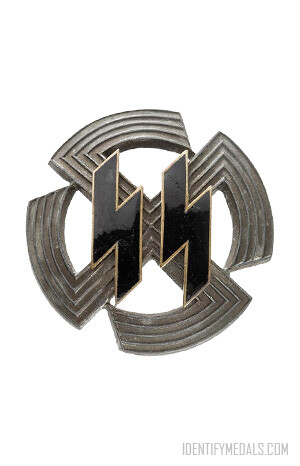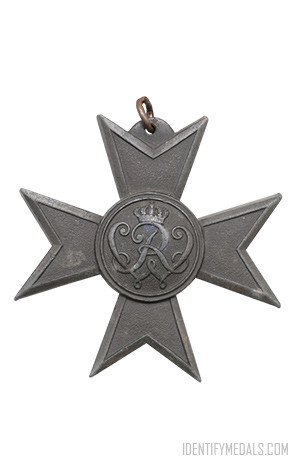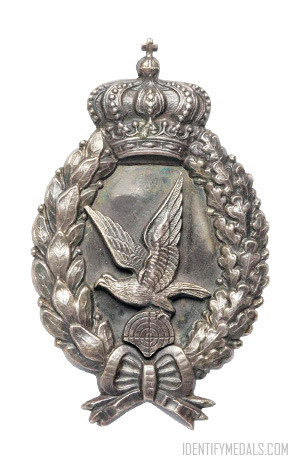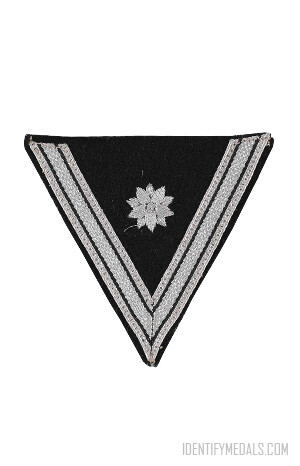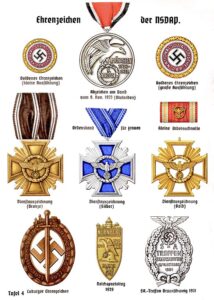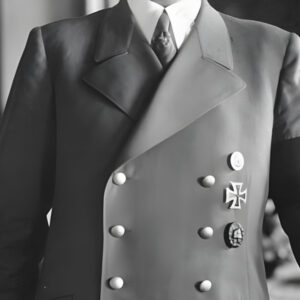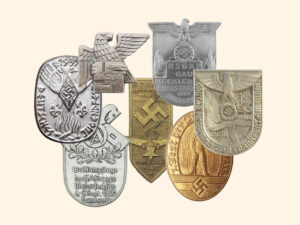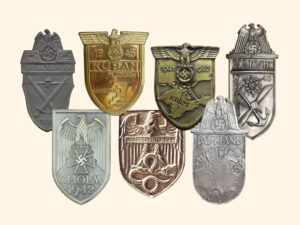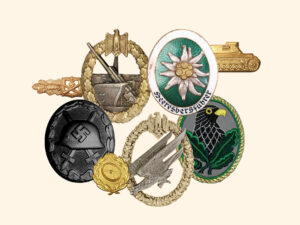- Time Period: Nazi Germany (Interwars Period, World War II)
- Institution: 14 October 1932
- Country: Germany
The Coburg Badge (or Das Coburger Abzeichen in German) was the first badge recognized as a national award of the Nazi Party or NSDAP.
Adolf Hitler ordered the Coburg Badge to be struck on 14 October 1932 to memorialize the event which took place ten years earlier, on Saturday, 14 October 1922. On that day, Hitler led 800 members of the SA from Munich and other Bavarian cities by train to Coburg for a weekend rally. Once there, numerous pitched street battles with leftists and communists occurred. In the end, the final victory belonged to the Nazis. Later, the day was known as the Deutscher Tag in Coburg (German Day in Coburg). Hitler had one his first decisive victory, as it was to become Nazi folklore and led to the expression, in ardent Nazi circles, ‘But were you at Coburg?‘
The badge was declared an official party and national decoration in a decree signed by Hitler, on 6th November 1936, who had taken a personal interest in the design. Only 436 names were entered on the official party roll of recipients who were entitled to the badge.
On 1 August 1939, Reichsfuhrer-SS Heinrich Himmler decreed that any SS member (whether enlisted or officer) who wore the Coburg Badge was eligible to wear the Totenkopf ring.
The Coburg Badge Medal Design
The award consists of an oval, slightly convex badge that was originally produced in massive bronze. It is 40mm wide and 54mm high, with a narrow wreath of laurel leaves around its edge measuring 2 mm across.
The badge features, in the obverse, a sword placed tip downward across the face of a swastika within an oval wreath of three leaves in each bunch and two berries at their tips. There are ten bunches on either side and the top two bunches on either side do not have the laurel berries. At the top of the wreath is Coburg Castle and village. The Castle has two spires on the viewer’s left with a large roofed building and a small adjacent pinnacle on the right. The wreath contains the words, “MIT HITLER IN COBURG 1922-1932″ (with Hitler in Coburg 1922-1932). Inside the wreath is a flat field that measures 4 mm, with a raised 0.5 mm line. The central oval void has a large swastika measuring 16 mm across and the width of the individual arms is 4 mm. From the top of the badge, superimposed over the castle and swastika is a double-edged sword with straight quillons, twisted grip handle and a pronounced ball pommel.
The reverse is plain with a thin hinge and a pin that has a circular retainer and a ‘C’ type hook at the bottom. There is a second version of the badge which is thinner and has the RZM mark on the reverse.

